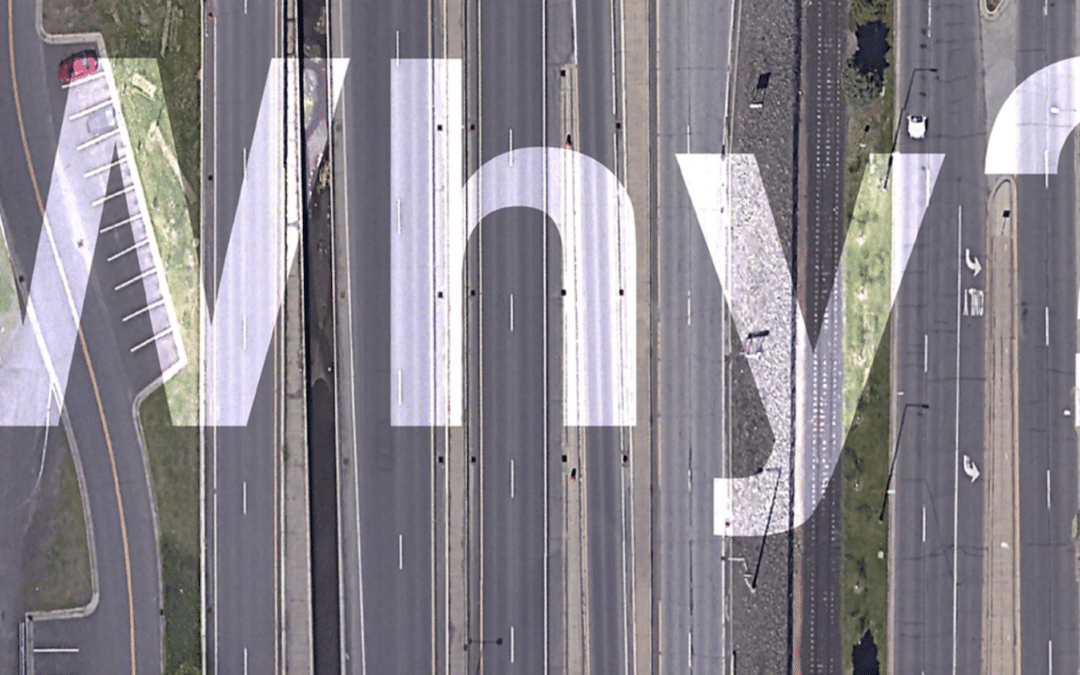I-35 (image from the Duluth Waterfront Collective)
Karl Schuettler, Duluth economic development advisor says the legacy of redlining in Duluth endures. “Every one of the neighborhoods given a description about immigrants or African-Americans in the 1930s remains low-income to this day.” And these are the neighborhoods that, while having the highest number of people with transportation insecurity, have been burdened the most by our federal highway expansionism.
The documentary The Human Scale portrays that from Dhaka, the world’s fastest growing city, to Melbourne, thrice voted the world’s most livable city, the mindset of redlining (“more for the few, less for the many”) has been globalized, stripping away local resilience and social connectedness in places most impacted by western expansionist policies. Melbourne city planners say: “Rolling out houses like a carpet will create ghettos of the future”; while residents in Dhaka express: “Why do we have to copy a western world? We want to be free of the negative forces of economic colonialism. When you have a city where people don’t walk, you’re raising a generation that won’t be human.” Although only 5% of Dhaka’s population uses cars, the World Bank is loaning millions to build out Bangladesh’s roadways—a debt that will fall on the shoulders of the poor. Yet, even the World Bank acknowledges: “No city has been able to build itself out of congestion.” So how can we reverse the harms of historic racist highway and housing policies? And what’s our vision for a just, equitable, sustainable future?
For 14 years in Los Angeles, considered the US’s most congested city “where the car reigns supreme,” a signature event has attracted a hundred thousand people. CicLAvia was launched on 10/10/10 as a “coup of enormous proportions” where 7.5 miles of public space were created by repurposing streets for people and banishing vehicles for the day. Co-organizer Aaron Paley says, “It was a radical idea that overnight became a touchstone for change and a symbolic turning point in LA’s transportation evolution.” The event was inspired by the ciclovía events started in Bogotá, Colombia forty years ago. Frustrated with gripping traffic and smog concerns, leaders decided to close down miles of streets to all vehicular traffic. Initially, there was some resistance but now the weekly event brings 2 million people out to 80 miles of closed streets.
Aaron goes on to describe the need for and outcomes from CicLAvia:
- “Los Angeles wasn’t just a place of unfettered traffic, this was the most segregated city in America where certain neighborhoods were protected and coddled while others were destroyed or torn apart in the name of urban renewal, law and order, freeway building, road expansion, and ‘progress.’ Yes, you could drive from place to place and easily find a parking space—but at what cost?
- With miles of bike lanes added yearly, streets becoming more pedestrian friendly, and the city experiencing a growing public transportation network, Los Angeles is returning to its people centric roots from over a lifetime ago. CicLAvias are playing an important role defining our urban fabric for the remainder of the 21st century. (One study conducted by the UCLA Luskin School of Public Affairs showed that sales have increased an average of 10% for businesses along CicLAvia routes. Even more impressive is that businesses have increased 57% for those that have engaged with the event.)
It’s time we shifted from “the one heroic vision [of transportation planners like Robert Moses] to a more iterative vision of what cities can become” (The Human Scale). Our sidewalks, bikeways, and public spaces have the potential to be the great equalizer of our future cities and society…if we can put people—particularly from historically marginalized communities—at the center.


Recent Comments